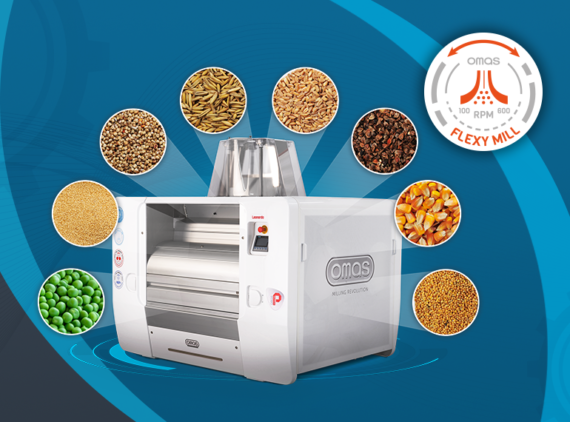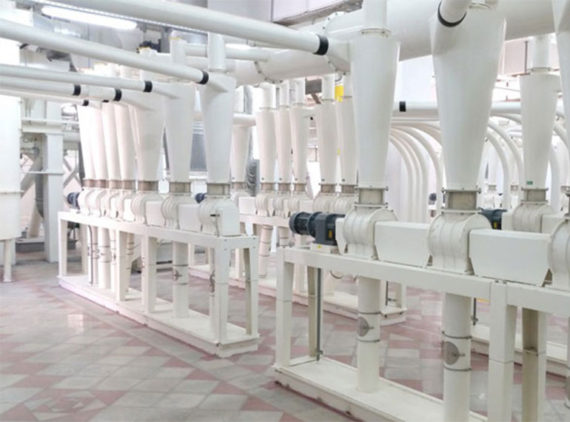
Make up units serve to guarantee a healthy environment but also to control moisture and temperature, preventing the formation of dangerous condensation that is the cause of mould and bacteria formation inside machinery.
Air is an essential and active part of an industrial mill. As well as being used to remove dust, for conveying and to allow the correct operation of different machines, air is also an essential component inside the building and therefore, needs to be adjusted.
HVAC (Heating, Ventilating and Air Conditioning) is doubtless one of the design criterion that needs to be considered when designing and building a high-efficiency milling plant.
A mill “consumes” air and it needs air to be brought back into the building. This is why, in spite of the fact that in countries with low levels of seasonal thermal movement and reduced budgets, windows and wall louvres are still in use, the majority of new-design buildings tend to incorporate make up units and eliminate the use of windows.
The aim is to guarantee a constant, controlled healthy climate in all seasons, preventing light and atmospheric conditions (hot and cold) from changing the technological process. Sudden changes in temperature or moisture can in fact lead to the formation of condensation, which then causes mould or infestations inside the piping.
Make up units are therefore installed inside milling plants to serve two purposes:
- To maintain positive pressure inside the building, changing and reintegrating the air used by the machinery and ejected into the atmosphere using electric fans.
- To condition the air released into the environment.
From a strictly installation viewpoint, ATUs are machines that mainly work from the outside, and which need to be placed on the roof of the building or on the floor.
The system usually consists of:
- A G4 filter on an outside air intake.
- A heating/cooling coil (optional part).
- A fan driven by inverter and able to extract air and convey it into the different exhaust points.
- A distribution pipe complete with shutters, plenums and inlet grates that serve both to diffuse the air so that it does not enter into direct contact with the equipment and to regulate the speed so that it does not harm the occupants (the setting for populated areas is 5 m/s). This pipe can be created inside the building (shaft) or placed outside, vertically alongside a wall on the building, varying in section according to the needs of each floor (the installer is responsible for defining air volume requirements for each level of the building).
- An area in which to mix with air channelled back into the system, which can be placed either at the initial or central part of the machine (only in the case of all-air systems with recycling).
In view of the large volumes of air in play, to save energy, there is a tendency to recover the warm air from the extraction fans (the pneumatic system air is not used because it is moist) and to mix it with the atmospheric air to reduce heating costs.
The more sophisticated, costly systems complete with heat exchanger, include a supply fan together with a fan to take in the treated air; this creates two independent paths: treated air and air to be treated.

Project Manager
massimo@omasindustries.com



